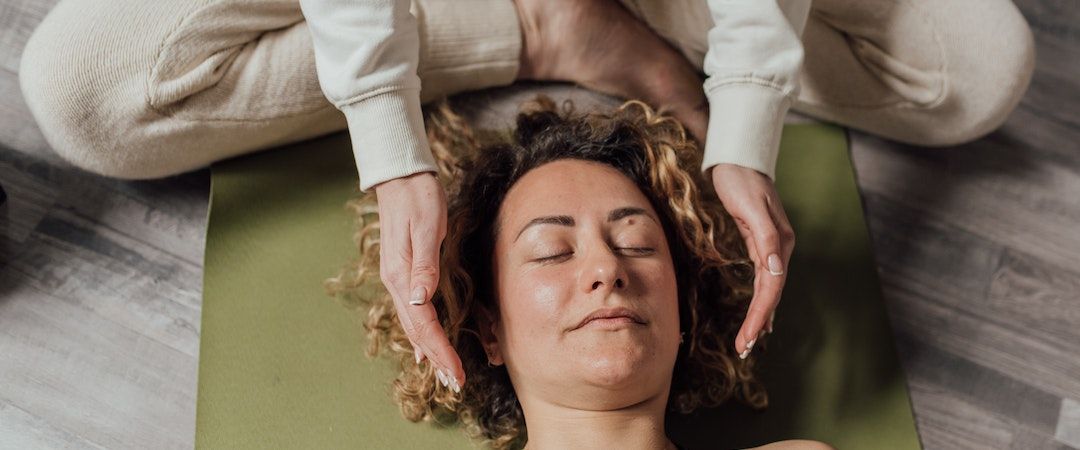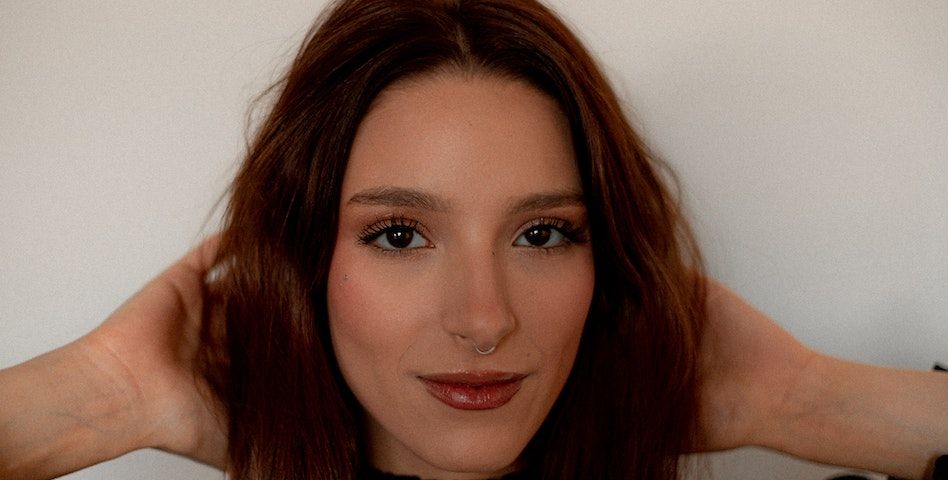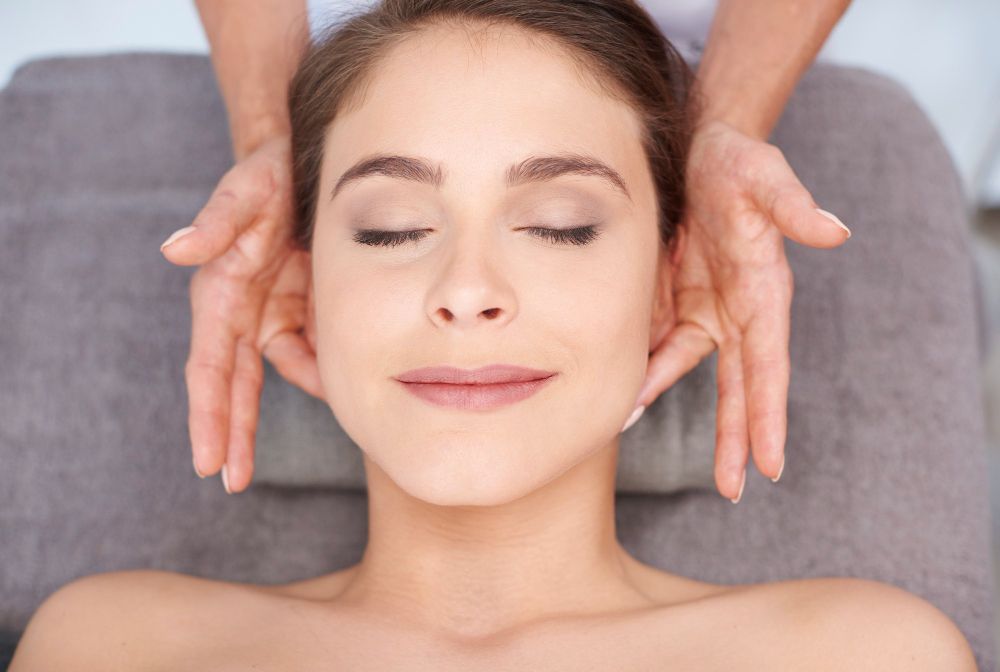Facial Yoga: Good or Bad?
In this blog, we will explore the concept of facial yoga, its potential benefits, and the criticisms it has faced.

Facial yoga, a trendy wellness practice, has gained popularity in recent years as a natural way to promote skin health and combat signs of aging. Advocates claim that regular facial yoga exercises can help reduce wrinkles, tighten sagging skin, and even improve overall facial appearance. However, like many wellness trends, facial yoga has its skeptics. In this blog, we will explore the concept of facial yoga, its potential benefits, and the criticisms it has faced.
Understanding Facial Yoga
Facial yoga involves performing a series of facial exercises and massages designed to target specific muscle groups in the face and neck. These exercises are said to stimulate blood flow, increase muscle tone, and promote collagen production, all of which can contribute to a more youthful and radiant complexion.

The Potential Benefits
Proponents of facial yoga argue that it offers several potential benefits. Here are some of the most commonly claimed advantages:
1. Reducing Wrinkles and Fine Lines: Facial yoga exercises are believed to help relax and tone facial muscles, which can reduce the appearance of wrinkles and fine lines. By regularly engaging these muscles, proponents suggest that you can achieve a more youthful look without resorting to invasive procedures like Botox or fillers.
2. Improved Blood Circulation: Massaging the face and neck during facial yoga can stimulate blood circulation, delivering oxygen and nutrients to the skin cells. This enhanced circulation is thought to promote skin health and a natural glow.
3. Enhanced Muscle Tone: Just like the body, facial muscles can benefit from regular exercise. Facial yoga is said to improve muscle tone, leading to a firmer and more lifted appearance.
4. Stress Reduction: Some practitioners find that facial yoga also helps reduce stress and tension. By focusing on the movements and sensations in the face, individuals may experience a sense of relaxation and well-being.
5. Cost-Effective: Unlike costly cosmetic treatments, facial yoga is relatively inexpensive and can be done at home. This makes it an attractive option for those looking to improve their skin without breaking the bank.
The Skeptic's Perspective
While facial yoga has gained a following, it's not without its critics. Skeptics argue that the benefits of facial yoga may be exaggerated, and some even claim that it could have negative consequences. Here are some common criticisms:
1. Lack of Scientific Evidence: One of the main criticisms of facial yoga is the limited scientific research to support its claims. While anecdotal evidence and personal testimonials abound, there is a shortage of rigorous clinical studies demonstrating its effectiveness.
2. Risk of Overexertion: Some skeptics argue that facial yoga exercises could potentially lead to overexertion of facial muscles, which may actually exacerbate the appearance of wrinkles or fine lines.
3. Time-Consuming: To see significant results, facial yoga typically requires a consistent and time-consuming commitment. Not everyone may be willing or able to invest the necessary time and effort into daily facial exercises.
4. Unrealistic Expectations: Facial yoga may give people unrealistic expectations about achieving a perfectly youthful appearance without any other skincare regimen or lifestyle changes. In reality, a holistic approach to skin health often involves multiple factors, including diet, hydration, and sun protection.
5. Potential for Injury: Incorrectly performed facial yoga exercises may pose a risk of injury, particularly for those with pre-existing facial muscle or joint issues. It's essential to learn proper technique and be cautious when attempting facial yoga.
Conclusion: Finding Balance
In the debate over whether facial yoga is good or bad, the answer may lie somewhere in between. While there is limited scientific evidence to support its claims, many individuals have reported positive experiences with facial yoga exercises. It's essential to approach facial yoga with a balanced perspective and realistic expectations.

If you are interested in trying facial yoga, consider the following tips:
1. Consult a Professional: If you have concerns or specific skin issues, consult a dermatologist or skincare professional before starting a facial yoga routine.
2. Learn Proper Technique: Ensure that you learn proper facial yoga techniques from a qualified instructor or reputable source to minimize the risk of injury.
3. Combine with Other Skincare Practices: Facial yoga can be a complementary part of your skincare routine, but it should not replace essential practices such as sunscreen, moisturizing, and a balanced diet.
4. Be Patient: Results from facial yoga may not be immediate, and it may take several weeks or months of consistent practice to see any noticeable changes.
Ultimately, the decision to incorporate facial yoga into your skincare routine is a personal one. While it may not be a miracle solution for everyone, some individuals find it to be a relaxing and enjoyable way to promote skin health and well-being. As with any wellness practice, it's essential to approach it with an open mind and a critical eye, making informed decisions based on your individual needs and preferences.